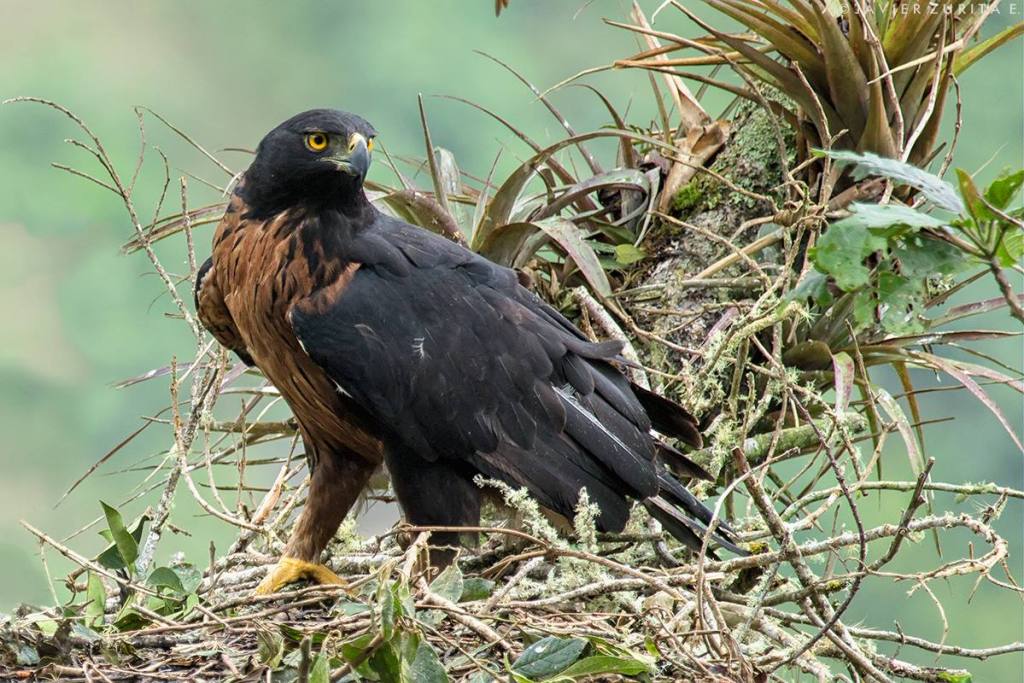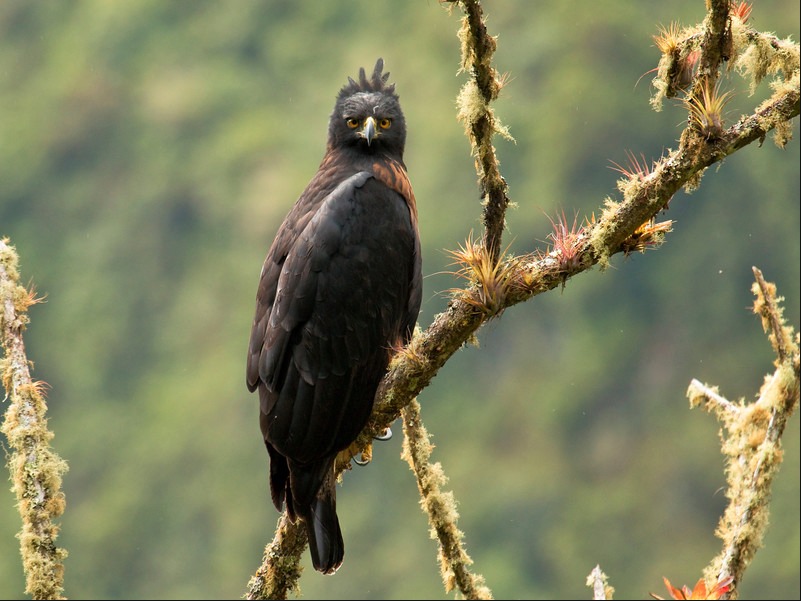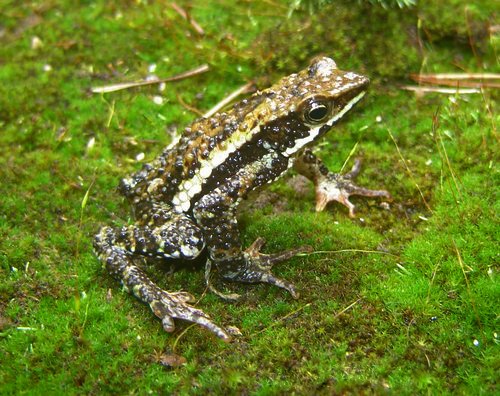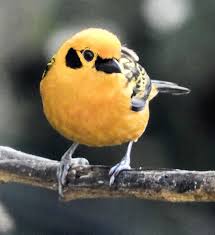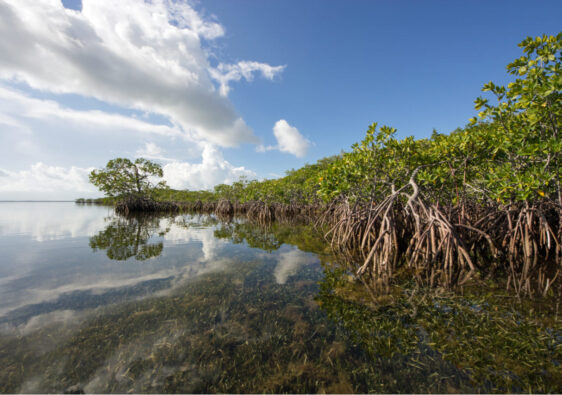RESUMEN
This study focuses on making a diagnosis of the Black and Chestnut Eagle (Spizaetus isidori) in the Andes Mountain range, in the Amazon basin of Colombia. We determine the existing populations, habitats, mating areas, foraging, nesting and migration routes; in turn, we detected the 3 main threats posed by this eagle, of anthropogenic origin: (i) destruction of habitats through deforestation of forests for agricultural activities and illegal mining; (ii) Poaching: this eagle is hunted indiscriminately by indigenous Kamsá because this bird is considered a threat to poultry, who usually hunt them for food. (iii) Climate change: this species of eagle performs migrations guided by temperatures; climate change generates anticipated migrations, in seasons where food is scarce and eagles die of starvation.
To protect the species, we propose 5 strategies: educational, for the training of the Kamsá indigenous community, living with the eagle. Conservation, with the creation of protected natural areas in mating, foraging and nesting sites, to promote population growth. Sustainability, with the creation of a regional conservation office for the protection of the eagle, led by young indigenous Kamsá. Monitoring, with the supervision of areas with high threat of poaching and elimination of deforestation as a platform for agriculture and livestock. Communication, with the information to personnel related to conservation, that is, ecotourists, forest tourists, outdoor enthusiasts and bird watchers, to promote activities with sustainable development that increase the economic income of the communities of the region.
Keywords: Black-and-chestnut Eagle (Spizaetus isidori), poaching, Kamsá indigenous people, climate change, extinction.
